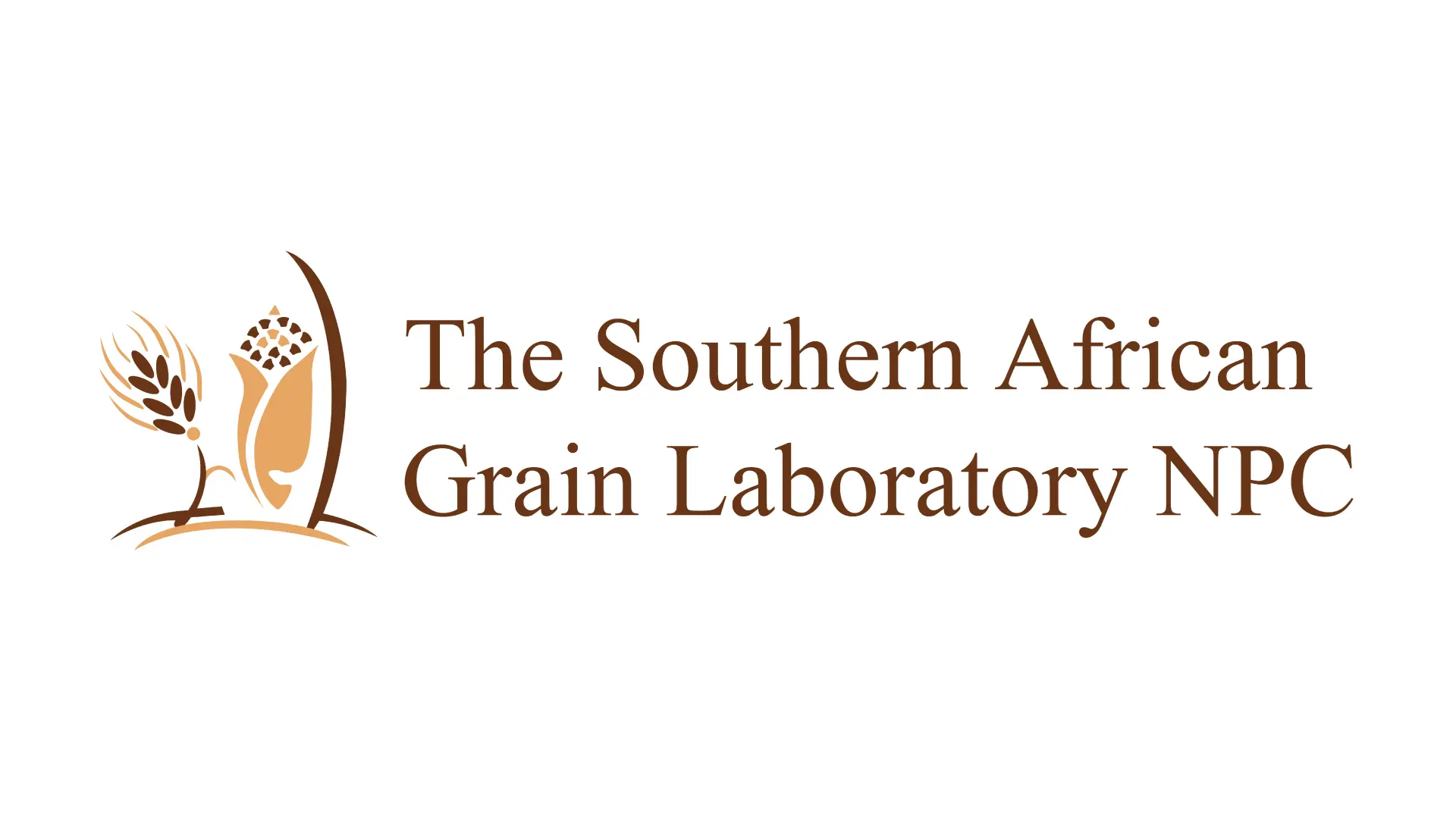The Oilseeds Advisory Committee (OAC) requested the Southern African Grain Laboratory NPC (SAGL) to co-ordinate a trust-funded proficiency testing scheme for soya beans and soya bean meal on their behalf. This year, four soya bean and soya bean meal proficiency tests will be conducted. The test parameters were selected based on advice from the industry. The purpose of proficiency tests is to provide an independent assessment of the competency of participating laboratories. It will also add value to the quality control system of the participants.
Sample preparation and distribution
The soya bean meal test material used for the proficiency test, was provided to the SAGL by a commercial supplier. The homogeneity of this soya bean meal was confirmed by analysing five subsamples that were taken at random. For the grading proficiency test, the soya beans were cleaned of all defects. Known quantities of foreign matter, soya beans and parts of soya beans above the 1,8 mm sieve, defective soya beans above the 4,75 mm sieve and soiled soya beans, were added to each cleaned soya bean sample. Each of these prepared grading samples was graded in the laboratory to confirm that the composition of all samples was the same to enable comparison. For the soya bean quality section of the proficiency test, the test material was prepared by milling soya beans after foreign material and defective kernels had been removed. Homogeneity was also confirmed by analysing five sub-samples taken at random.
Procedure for reporting results
Each participant received a result sheet along with their samples. Provision was made for the correct reporting unit as well as the moisture base for reporting (where applicable). The final reporting date for this first round of 2021 was 18 March. Compliance with these dates is necessary to enable the SAGL to prepare and distribute the report as per the agreed times. Results received after the deadline were not included in the report. The SAGL is making use of international proficiency reporting guidelines where only one result per laboratory per analysis is included in the report. In the instance where some of the laboratories reported both primary method and near-infrared (NIR) results, the primary method result was included in the report. Each participant received the proficiency test report with their specific confidential participant code. Three different reports were issued: one each for soya bean meal quality, soya bean grading and soya bean (milled) quality.
Test methods
For the soya bean meal, eleven tests were included in the proficiency test, namely moisture, fat (crude), fibre (crude), protein (crude), ash, cystine, lysine, KOH protein solubility, protein dispersibility index (PDI), trypsin inhibitor activity (TIA) and urease activity. For the soya bean quality proficiency test, the five tests included were moisture, fat (crude), fibre (crude), protein (crude) and ash.
Results
Results for soya bean meal were received from 16 participants for moisture, fat, fibre and protein. Fifteen participants reported ash results, seven reported urease activity, and six KOH protein solubility results were submitted. Only four participants reported PDI values, two reported cystine and lysine, and only one participant reported a temperature-humidity index (THI) value. Nine participants reported results using primary analytical methods and three participants reported results by conducting both primary methods and NIR analyses. Four participants reported only NIR results. For the soya bean quality proficiency test, results were received from ten participants for all five tests. Seven participants reported results using primary analytical methods, two participants reported results conducting both primary methods and NIR analyses, and one participant reported NIR results. For the soya bean grading proficiency test, only three participants submitted results.
Statistical evaluation of results
All the results were statistically analysed to determine the average value and standard deviation for each test and were summarised in table format. The average value and standard deviation were used to calculate a z-score for each result and these scores were also included in the table. Since outliers in a set of data will influence the average and standard deviation of that data set, these were identified and marked with an asterisk (*) and excluded from further statistical analysis. A significance level of 5% (a confidence level of 95%) was used for the determination of outliers.
Interpretation of results
Each individual z-value represents the decimal number of standard deviations by which an analytical result differs from the ‘true value’, as represented by the average value. A ‘perfect’ z-value is 0. Z-values of less than 1 represent outstanding accuracy and precision. Z-values of less than 2 are considered to represent satisfactory accuracy and precision, while z-values between 2 and 3 are considered questionable, and some attention to equipment and procedures may be required. Z-values greater than 3 are considered unsatisfactory and require examination of equipment and procedures used.
Summary of results
The soya bean meal proficiency test resulted in only two participants with z-scores between 2 and 3 for two of the parameters, and two participants with z-scores greater than 3 for one parameter each. For the soya bean quality proficiency test, one fibre and one ash result had a z-score between 2 and 3, and for the grading proficiency test, four of the grading parameters had z-scores between 2 and 3.
Distribution of next test samples
The SAGL soya bean proficiency test samples for May 2021 were dispatched at the end of April this year, and participants are encouraged to provide feedback regarding the proficiency tests and reports.


